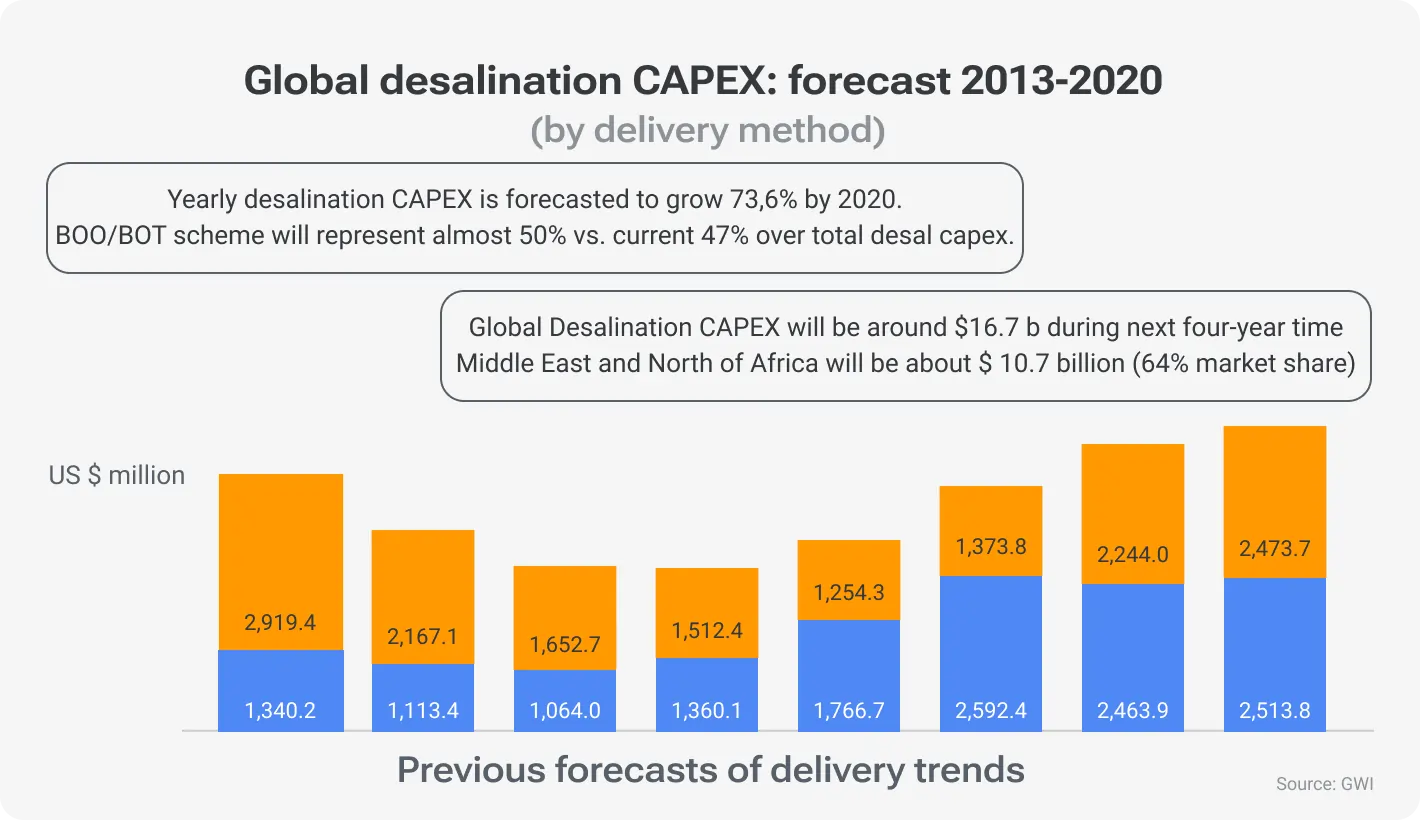Outsourcing to Czechia

How much does it cost to hire developers in Czechia?
Dec 2nd 25 - by Devico Team
Find out how much it costs to hire software developers in Czechia in 2025. Compare hourly rates, roles, and factors that impact pricing.
Hire
Hire by role
Hire Front-end developers
Hire Back-end developers
Hire Full-stack developers
Hire Android developers
Hire iOS developers
Hire Mobile developers
Hire AI engineers
Hire ML engineers
Hire Automation QA engineers
Hire Blockchain developers
Hire Data engineers
Hire Cloud engineers
Hire by skill
Hire JavaScript developers
Hire TypeScript developers
Hire Ruby on Rails developers
Hire React Native developers
Hire Flutter developers
Hire Golang developers
Hire React.js developers
Hire Python developers
Hire PHP developers
Hire .NET developers
Hire Java developers
Hire Laravel developers

BOT
August 02, 2024 - by Devico Team
Summarize with:
When Viber decided to expand its development capabilities, it turned to the Build-Operate-Transfer (BOT) model. Rakuten has old-hand specialists in their team, that’s why the most obvious choice was to set up a new development center in Europe through an outsourcing partner. The executive company handled the initial infrastructure setup and operations, eventually transferring full control to Viber’s team. Eventually, Rakuten Viber scaled rapidly with minimal risks and maintained high-quality standards. Well, another proof of the pudding.

The BOT model in IT outsourcing involves three distinct phases: Build, Operate, and Transfer. We didn't casually mention the proof of the pudding since this model really works well. The magic happens when external expertise forms the initial phases and gradually transfers control so that customer companies can achieve a seamless transition and optimal results.
This material provides a comprehensive guide to each phase of the BOT model. We will explore the Build, Operate, and Transfer phases in detail, highlighting the key activities, goals, and challenges involved. Whether you are an IT decision-maker, CIO, CTO, IT project manager, or any other business leader, this piece of effort will help you.
This is the initial stage that focuses on establishing the project’s foundation. Every company taking this step aims to set up the necessary infrastructure, recruit the right talent, and develop the processes and frameworks required for successful operations. The Build phase is crucial as it is basically the groundwork for the project's success. Without all the necessary components in place before moving to the next phase all efforts may fall flat.
Site selection: Choosing the right location for the development center is one of the most responsible steps in this endeavor. Size the following factors up: accessibility, availability of skilled labor, and local business environment.
Infrastructure setup: Choose between a physical office space or a cloud space. Then, acquire hardware and software and establish the necessary IT infrastructure.
Technology stack selection: The project's technology stack is the cornerstone; the more robust your decision on this, the more likely you will succeed since it ensures compatibility with existing systems and alignment with the project’s technical requirements. The top three tech stacks startups are using are LAMP, MEAN, and MERN.
Team recruitment: Hiring skilled professionals to build the project team. Sourcing, interviewing, and onboarding talent that fits the project's needs. They say that competent HR is the most important person in the startup. The proof is how seasoned HRs manage salaries offered. For example, the salary range for a senior developer in Mexico lies between USD 58,000 and USD 70,000 annually. Meanwhile, in Romania, comparable specialists can expect to earn from USD 46,000 to USD 75,000 each year. And now take a look at the United States, where salaries stretch from USD 78,000 to an impressive USD 170,000 annually. By opting for this approach, IT firms in the US can achieve savings of as much as 60% on the salaries of their programming personnel.
Aligning the Build phase with business goals ensures that the foundation being set up will support the long-term objectives of the company and the specific project requirements.
Follow us for more impactful insights.
Recruitment difficulties: Finding the right talent can be challenging due to competition and skill shortages: 69% of US companies can’t find a skilled workforce in adequate terms. Moreover, tech companies spend 44 days on average to fill an open position after posting the vacancy.
Solution: Partner with local recruitment agencies and leverage global talent pools.
Cost overruns: Without a robust and detailed plan, chances are you’ll exceed the budget.
Solution: Implement strict budget controls and continuous monitoring to keep costs in check. Hire an experienced local accounting service company or take their consulting.
Project delays: Nobody likes postponed tasks, and delays in setup, in particular, affect the overall project timeline
Solution: Leverage project management practices, including clear timelines, regular progress reviews, and proactive problem-solving.
Look at Torry Harris Integration Solutions' (THIS) project with a global telecommunications company. THIS was tasked with setting up a new development center to enhance the client's software capabilities and create “the mobile money solution”. Their roadmap looked like this: Plan the site selection – infrastructure setup – team recruitment – double-checking activities alignment with the client's business goals and IT strategy. The result: 46% market share. Not bad.
This phase focuses on managing the project's day-to-day operations. The main objectives are to achieve operational efficiency by optimizing processes and monitoring performance. The trick is to ensure that all operations meet the desired performance metrics. This phase is crucial for stabilizing the project and ensuring it runs smoothly before its eventual transfer to the client.
Process optimization: Workflows and procedures must be as smooth as possible to ensure efficiency and productivity. Outsourcing partner identifies bottlenecks and implements IT outsourcing best practices to streamline operations.
Performance monitoring: Tracking key performance indicators ensures the project meets its goals. System performance is the most clear-cut pointer for this reason. Also, it’s worth measuring user satisfaction and operational efficiency.
Quality assurance: The partner must continuously test and review their outputs to ensure they all meet the required quality standards. Every niche, obviously, has its own standards.
Continuous improvement: Implementing ongoing enhancements based on feedback and performance data to ensure the project remains aligned with business objectives.
The outsourcing partner leverages their expertise to manage daily operations, optimize processes, and achieve performance metrics, and the client focuses on strategic initiatives. Perfect scheme.
Maintaining service levels: Consistent service quality is one of the most common challenges. Most companies don’t have enough resources to back up all potential pitfalls and failures.
Solution: Implement robust monitoring and reporting systems to track performance and quickly address any issues.
Managing operational risks: Risks such as system failures or security breaches can disrupt operations.
Solution: Develop comprehensive risk management strategies, including regular audits and contingency plans.
Ensuring team integration: Culture nuances, time zones, etc. — all that may influence your overall success. So, seamless integration is an in-demand skill.
Solution: Foster open communication and collaboration through regular meetings, shared goals, and team-building activities.
Let’s examine Alcor’s IT project with a fintech company. Alcor managed the day-to-day operations of the client’s software development center. They optimized processes, implemented rigorous performance monitoring, and ensured quality assurance. At the end of the day, the client achieved significant operational improvements. Frankly, there are nearly no companies showing their numbers/budgets. However, among other benefits, Alcor brought about an increase in development speed and a reduction in operational costs.
Another example is Tonic Health. It has slightly different tasks and work direction but a similar approach. Tonic Health wanted to establish an R&D center in Ukraine and faced significant initial challenges, primarily related to employer branding. Despite the need to hire 5-6 new employees monthly, the company encountered frequent job offer rejections.
Ukrainian senior IT specialists were on the fence about working for Tonic Health because they were simply in the dark about the company. Recognizing the need for a robust employer branding campaign in Ukraine, Tonic Health turned to Alcor for assistance.
Following a successful collaboration that addressed the employer branding issue, Tonic Health once again sought Alcor's services. This subsequent engagement was aimed at arranging and managing their R&D center, with a focus on business solutions provision, signifying a continuing and evolving partnership between Tonic Health and Alcor.
This is the final stage of the BOT model. The previous phase keeps your IT infrastructure humming along, but eventually, you might reach a point where you want to take full control. This is where the Transfer phase comes in. It's the final stage of the BOT journey, focusing on the smooth handover of ownership and operational responsibility from the BOT provider to your internal team.
Knowledge transfer: Sooner or later, the contract with the external partner will expire, and you will have to run all processes yourself. This requires specialized knowledge. The partner shares all relevant knowledge with your team, including technical know-how, operational procedures, and strategic insights they found during the cooperation.
Training: Knowledge-sharing basically, takes the form of comprehensive training sessions. This training covers all aspects of the operations, ensuring the team is well-prepared.
Documentation handover: After that, you will receive all project-related documentation, including technical specifications, user manuals, system documentation, and operational procedures.
Transition planning: A transition plan aimed to guide the transfer process: timelines, milestones, and responsibilities. These ensure a smooth and orderly transition.
A gradual and well-managed transfer process is vital to avoid disruptions and ensure that the client’s team is fully capable of taking over the operations.
Knowledge gaps: Ensuring that all necessary knowledge is effectively transferred can be difficult.
Solution: Conduct thorough and repeated knowledge transfer sessions and provide comprehensive documentation.
Resistance to change: Team members may resist the transition to new management.
Solution: Engage in change management practices, including clear communication, involvement in planning, and support during the transition.
Operational disruptions: The transfer process can temporarily disrupt operations.
Solution: Implement a phased transfer approach with overlap periods, in which both the external partner and the client manage operations together to ensure continuity.
Saigon Technology’s project with a global enterprise can serve as proof. It’s not a very famous company, and of course, they ran through all three stages of the BOT model, however, their case is definitely worth considering.
Saigon Technology managed the entire transition process, including extensive training sessions and a detailed documentation handover. They developed a robust transition plan that outlined every step, ensuring nothing was overlooked.
Key decisions included focusing on comprehensive knowledge transfer and continuous support even after the transfer was completed.
Build, Operate, and Transfer — these are phases of the BOT model. Each phase has specific objectives and activities, from setting up infrastructure and recruiting talent to managing daily operations and eventually transferring control to the client. Understanding and effectively managing each phase is crucial for success. According to McKinsey, companies that manage transitions well can see productivity gains of up to 30%, while poorly managed transitions can lead to a 20% drop in performance.
Effective management of the BOT model phases ensures a smooth transition, minimizes risks, and maximizes benefits. This structured approach is vital for IT decision-makers, CIOs, CTOs, and business leaders considering outsourcing strategies.
Outsourcing to Czechia

Dec 2nd 25 - by Devico Team
Find out how much it costs to hire software developers in Czechia in 2025. Compare hourly rates, roles, and factors that impact pricing.
Outsourcing to Czechia

Nov 25th 25 - by Devico Team
Compare Czechia and Poland for software outsourcing in 2025. Discover costs, talent, infrastructure, and which country fits your project best.
Outsourcing to Czechia

Nov 18th 25 - by Devico Team
A complete guide to outsourcing software projects to Czechia, learn about costs, talent, benefits, and how to build successful partnerships in 2025.